What is RASPICON?
RASPICON is a Retro Gaming and Media Center computer rolled up into one, inside a sleek-looking console. Powered by a Raspberry Pi, RASPICON runs a customized version of Raspbian, which includes two fantastic Open-Source software packages:

Allows you to play the world's favorite games from beloved consoles like Atari, Nintendo (NES), Super Nintendo (SNES), Sega Genesis, Game Boy Color/Advance, Nintendo 64 (N64), Playstation (PSX), and more!
- Kodi® (formerly known as XBMC™)

Through a custom, easy-to-use menu, select this option for streaming audio/video as well as for playing files like videos, music, podcasts, pictures from your SD cards, USB sticks, or network-attached drives!
What's under the 'hood'?
- Classic enclosure
We've put a lot of effort into the design of the RASPICON enclosure that houses our console. As Makers, we wanted something that combined digital fabrication and excellent aesthetics for a low cost. We're very happy with the results!
- Hardware electronics
Inside the sleek, custom-made RASPICON enclosure you'll find the popular Raspberry Pi 3 single-board computer, running a custom version of the Raspbian Operating System, which includes everything needed for playing classic video games.
- Custom Easy-to-Use User Interface
To access any of the platforms or content the RASPICON OS has an easy-to-use User Interface. We use a custom, great-looking theme for both Kodi® and Emulation Station that is aesthetically pleasing.
 ACROBOTIC Industries
ACROBOTIC Industries
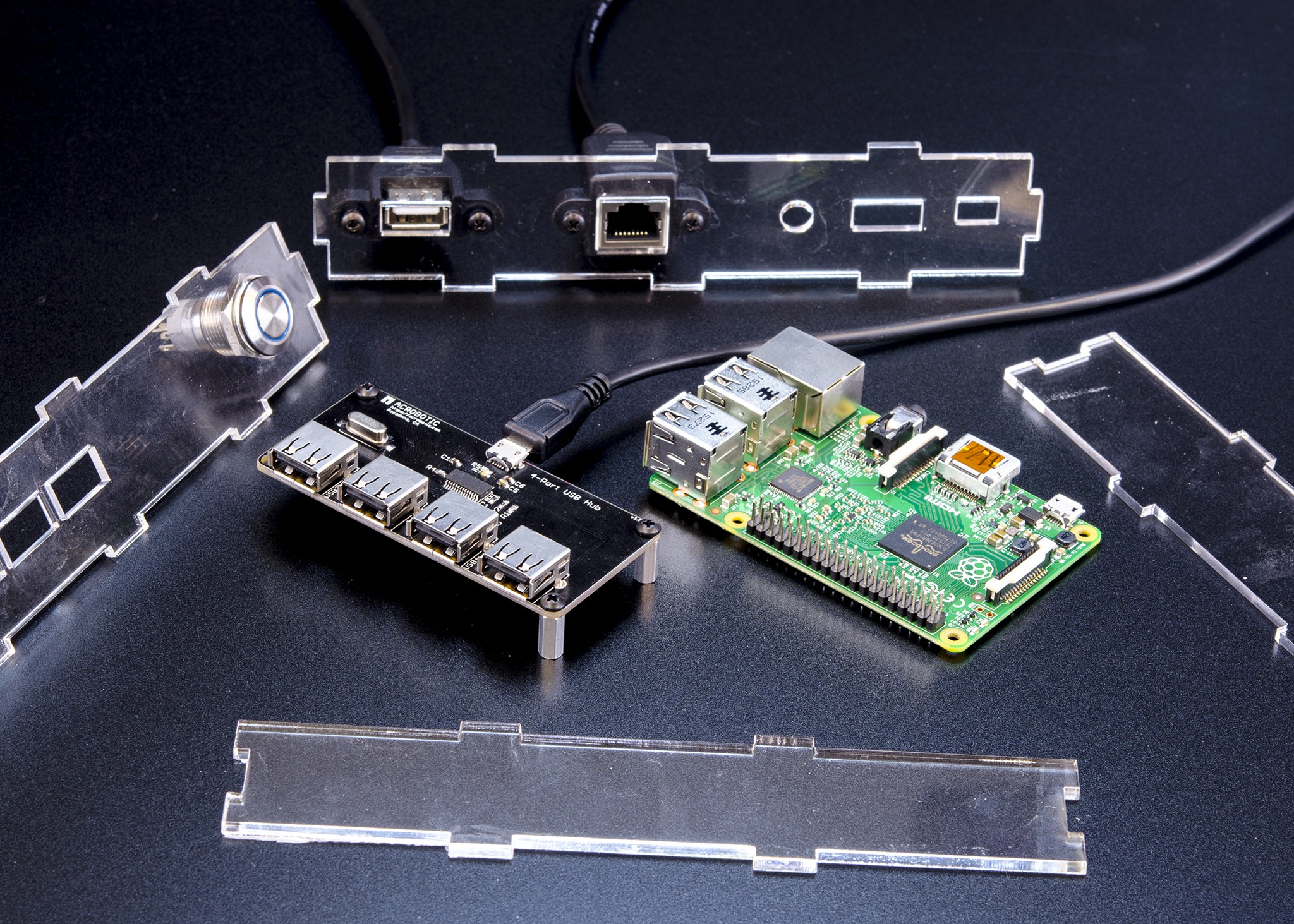
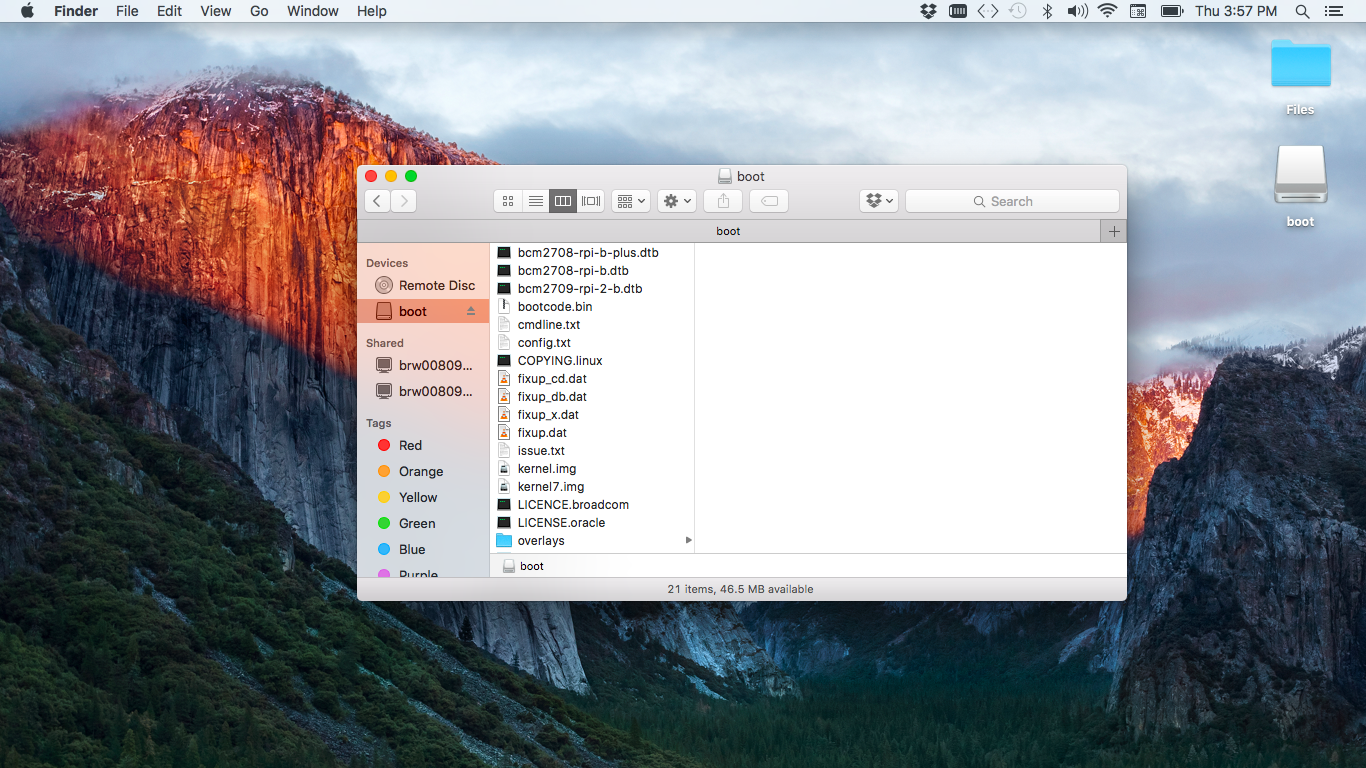 First test using a microSD card reader connected to the hub carrying... you guessed it... a microSD card with Raspbian loaded on it :)
First test using a microSD card reader connected to the hub carrying... you guessed it... a microSD card with Raspbian loaded on it :)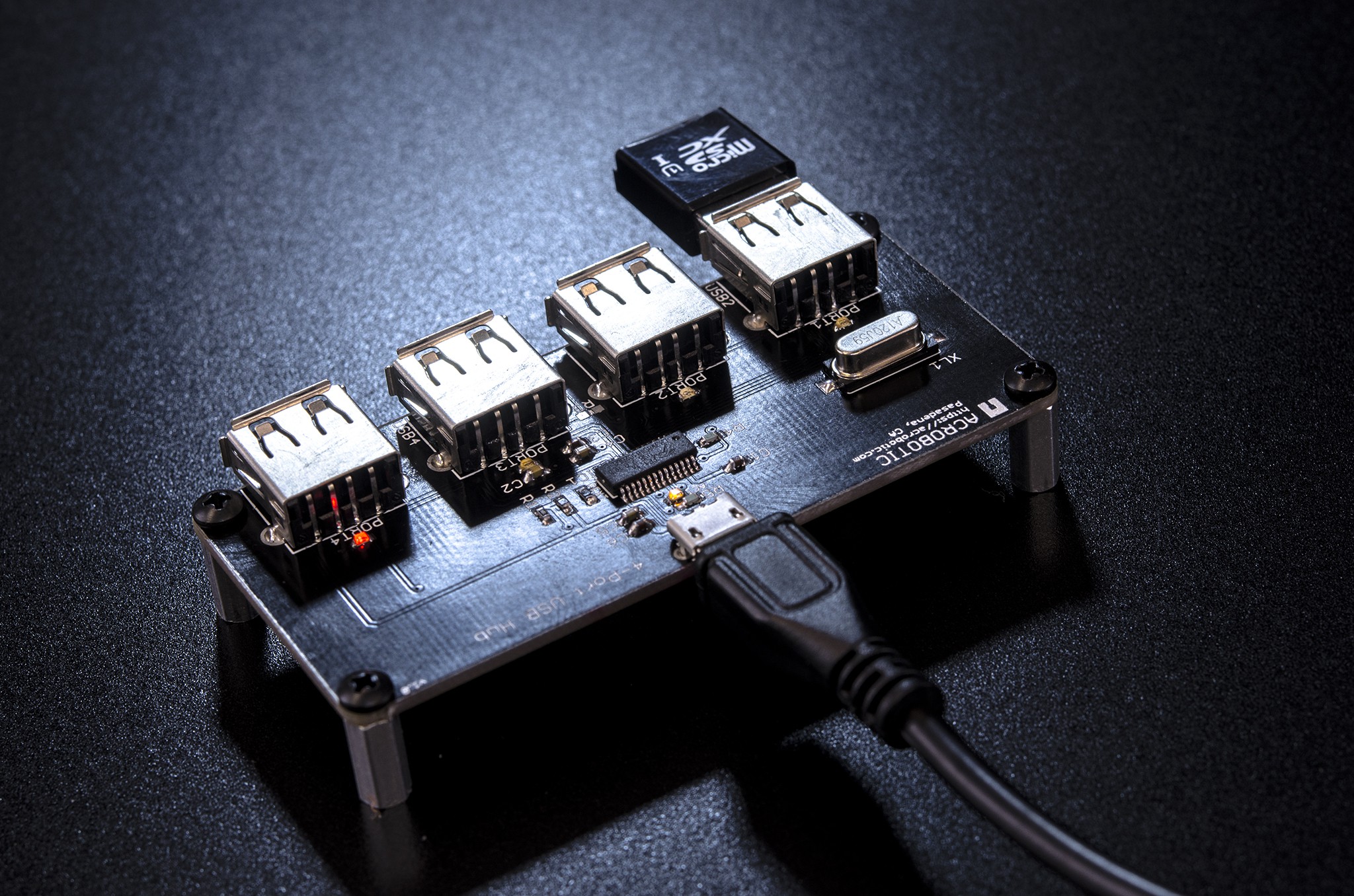
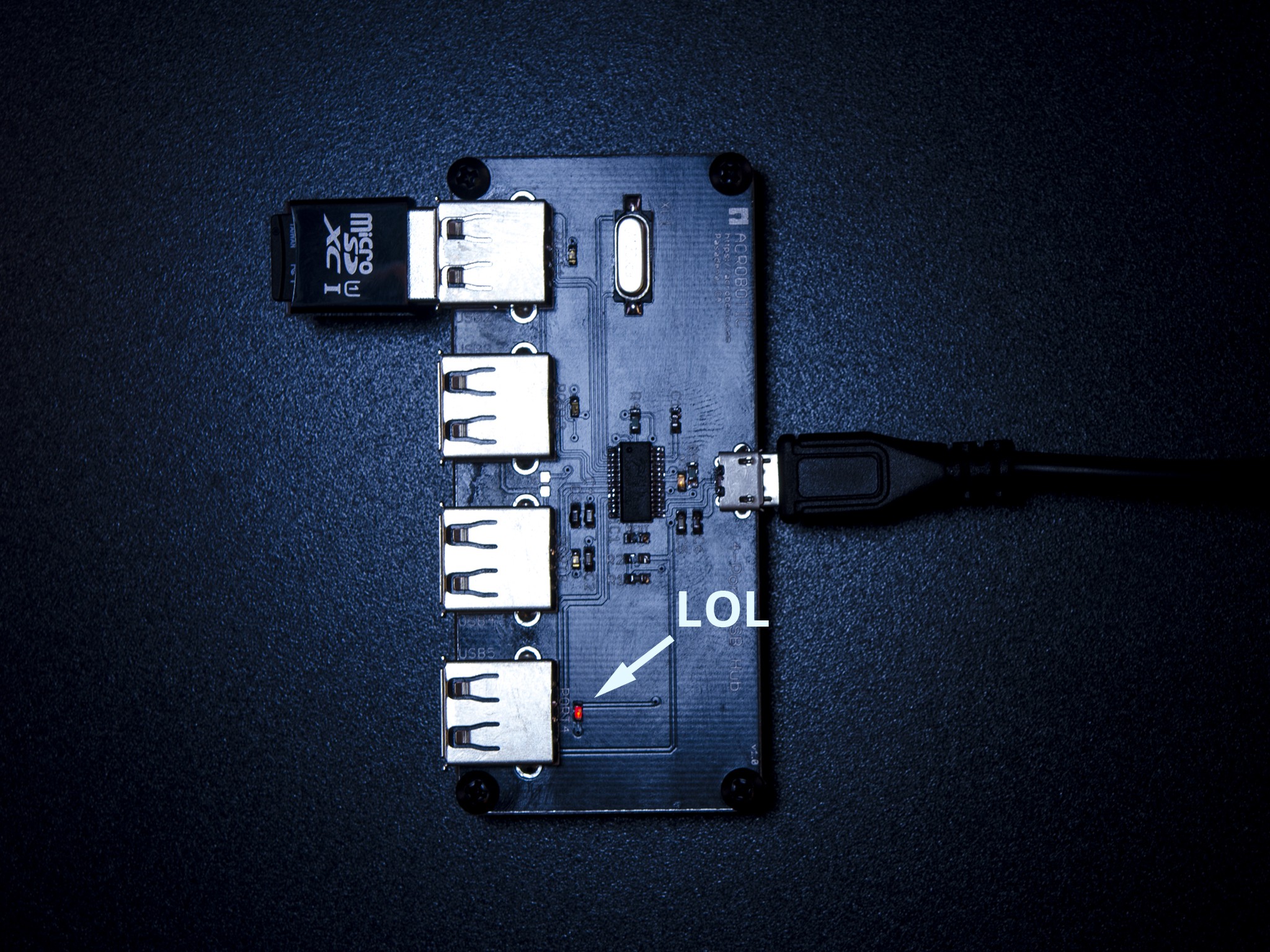
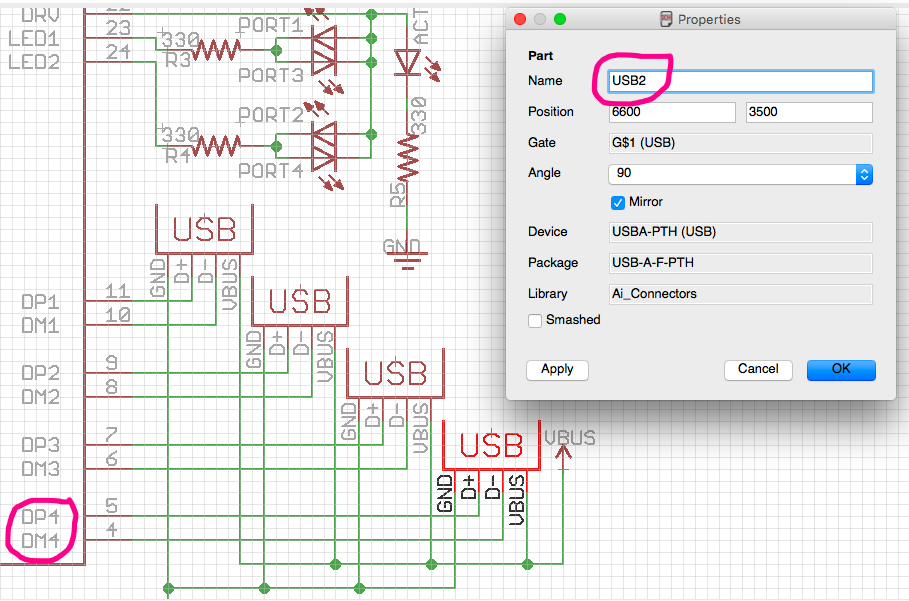

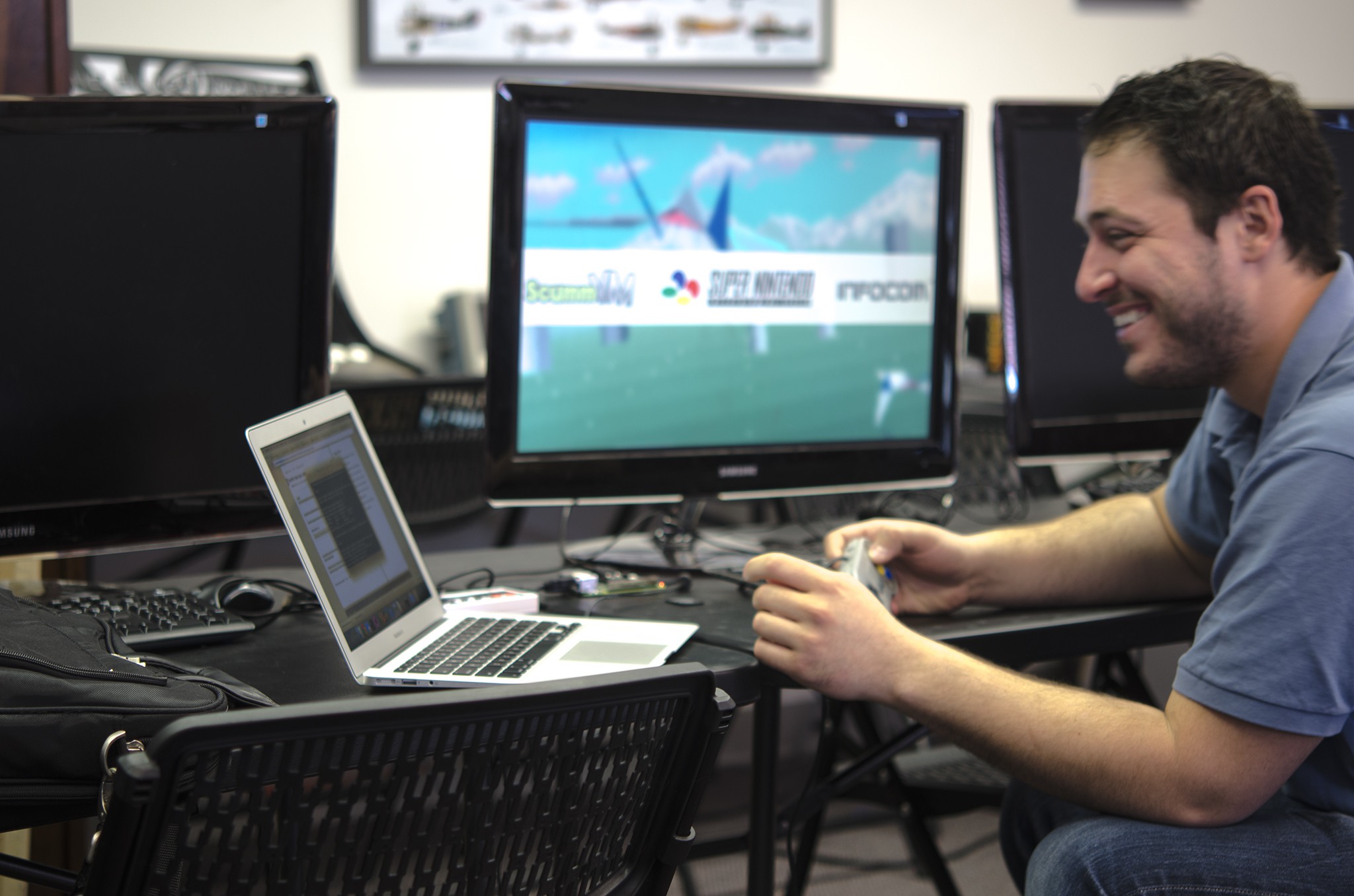
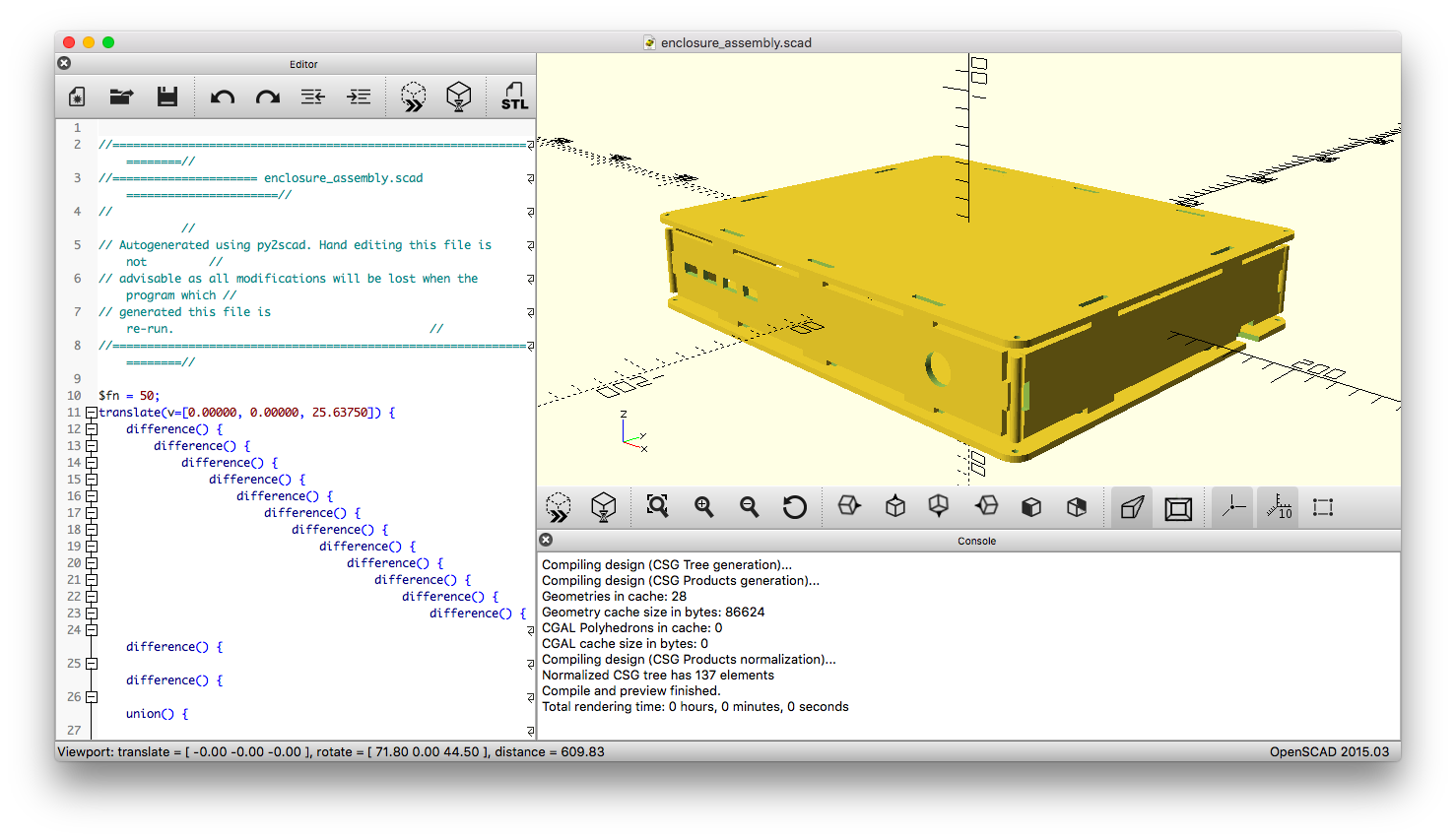
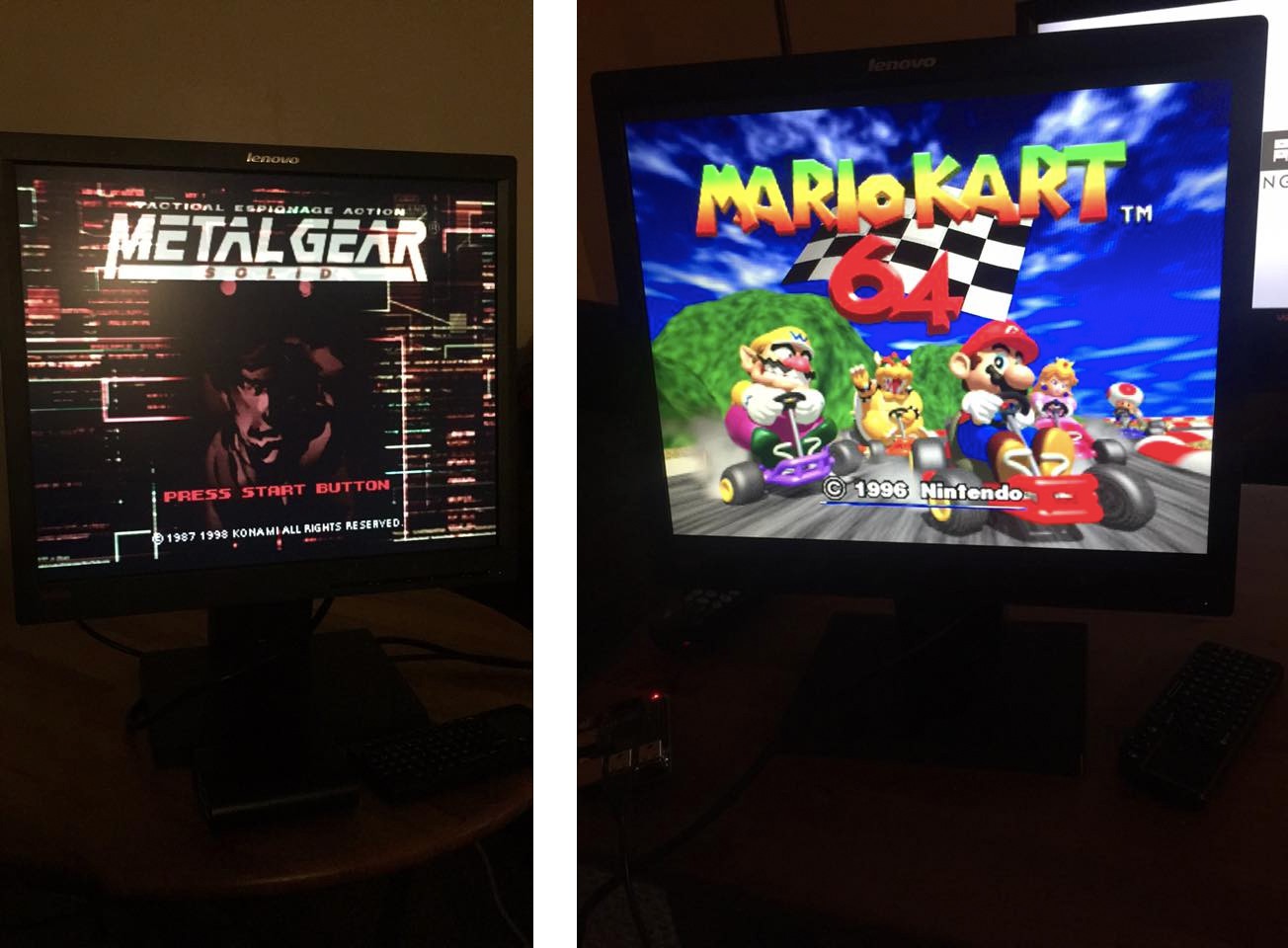
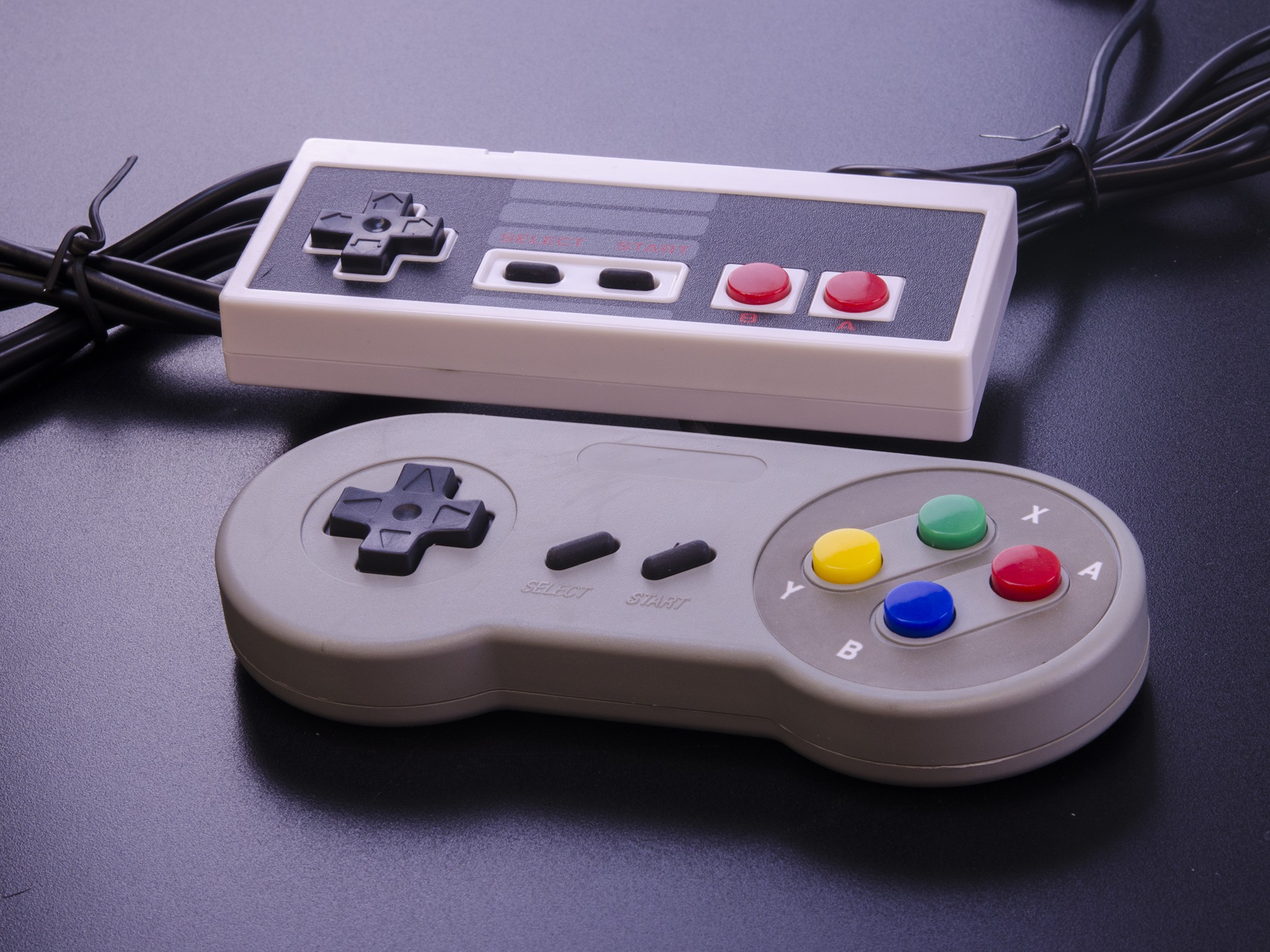
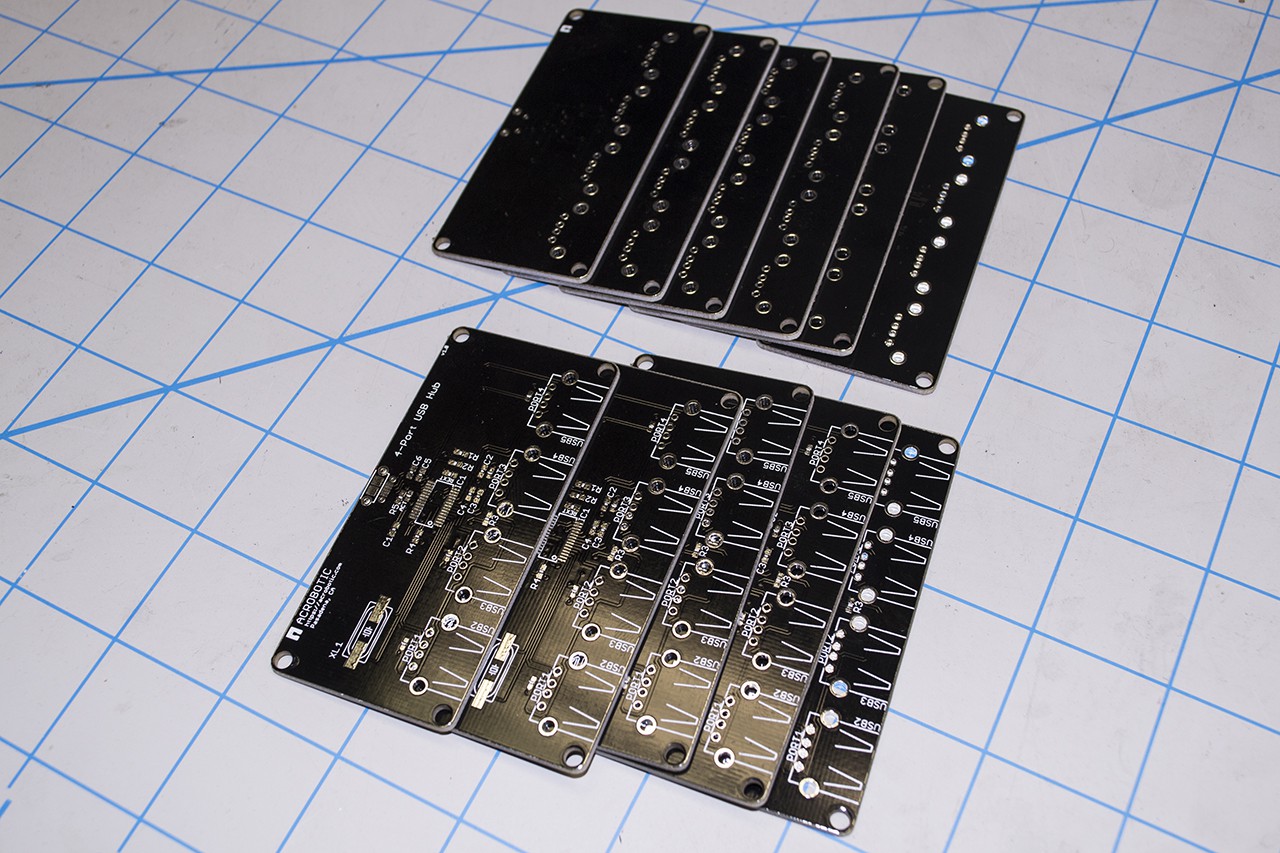 Because we're connecting our Hub directly to one of the USB ports on the Raspberry Pi, we can have peace of mind knowing that the USB-related circuitry on the Pi is reliable. We skip dealing with some of the nuisances that encountered when designing powered hubs.
Because we're connecting our Hub directly to one of the USB ports on the Raspberry Pi, we can have peace of mind knowing that the USB-related circuitry on the Pi is reliable. We skip dealing with some of the nuisances that encountered when designing powered hubs.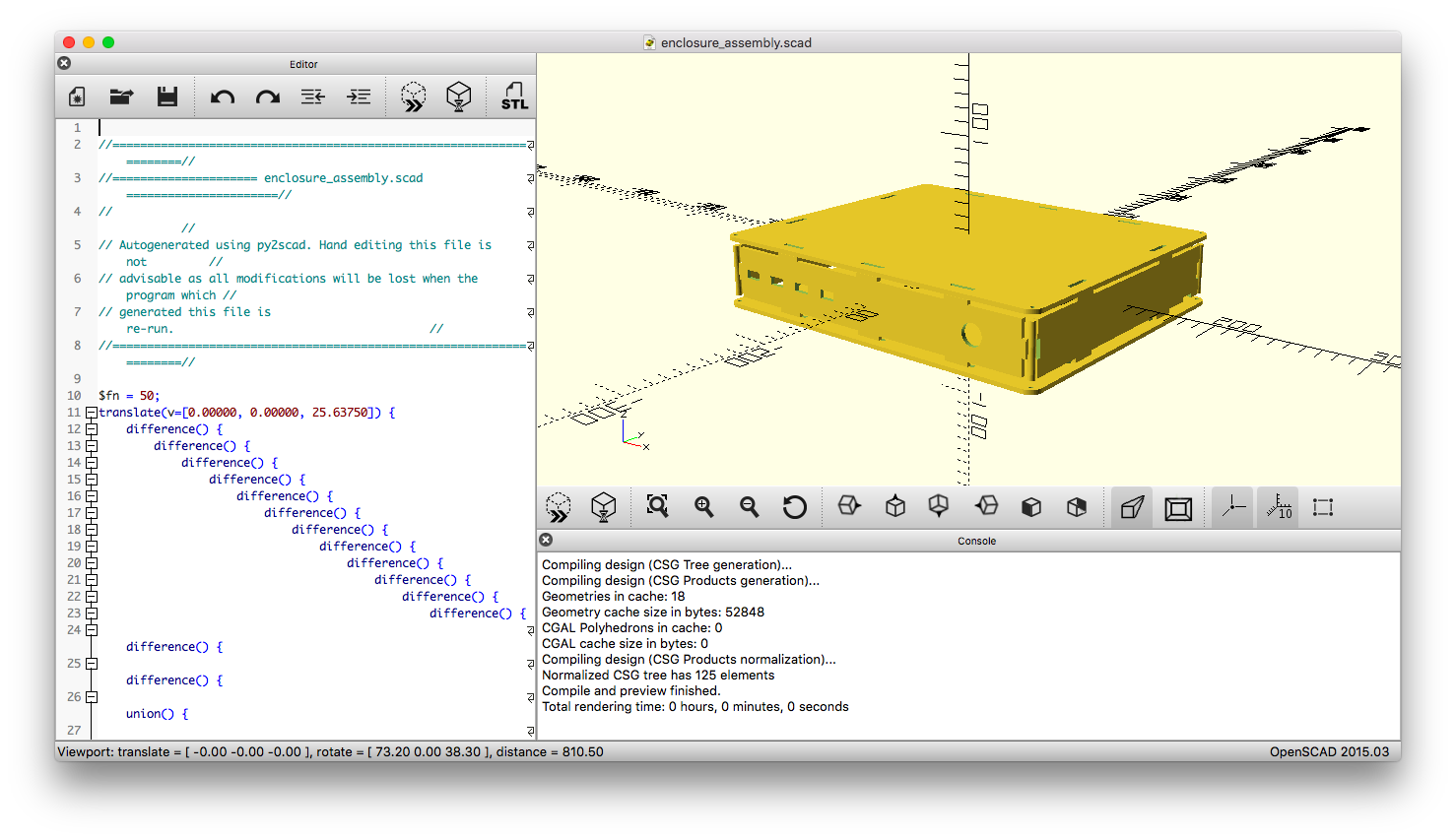

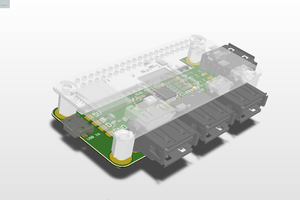
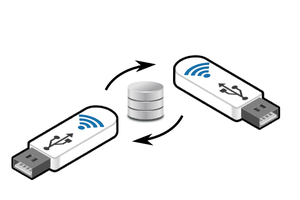
 helge
helge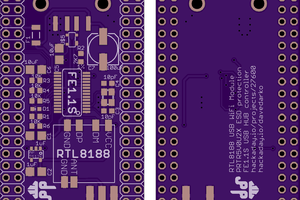
 davedarko
davedarko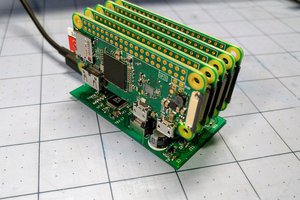
 ajlitt
ajlitt
So basically a computer that runs an emulator...
https://www.youtube.com/watch?v=rj-5lL-Ljqg